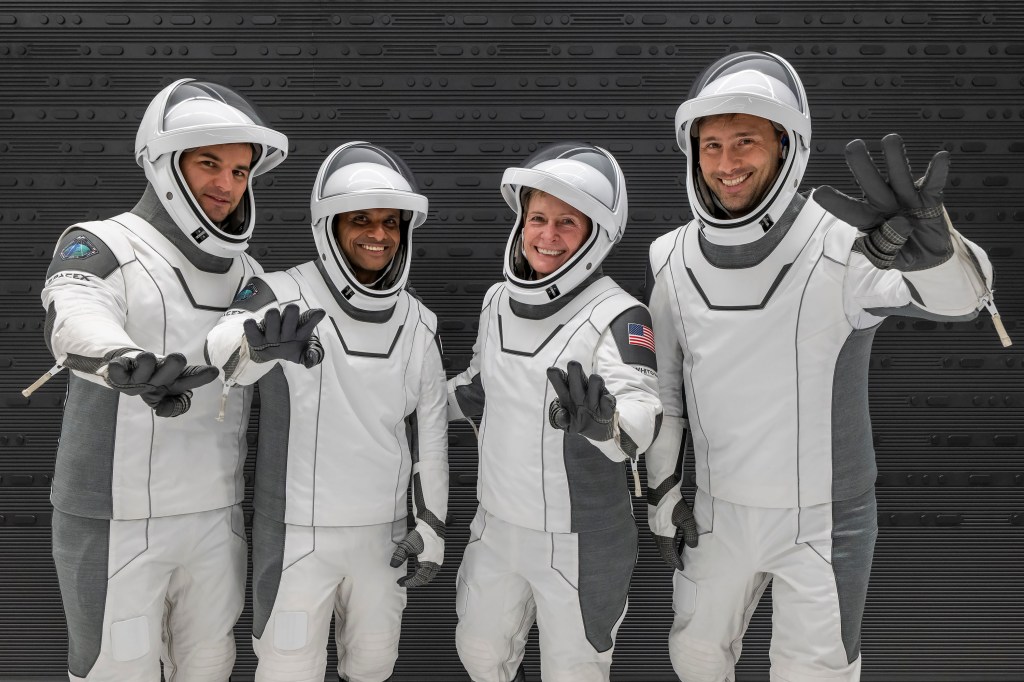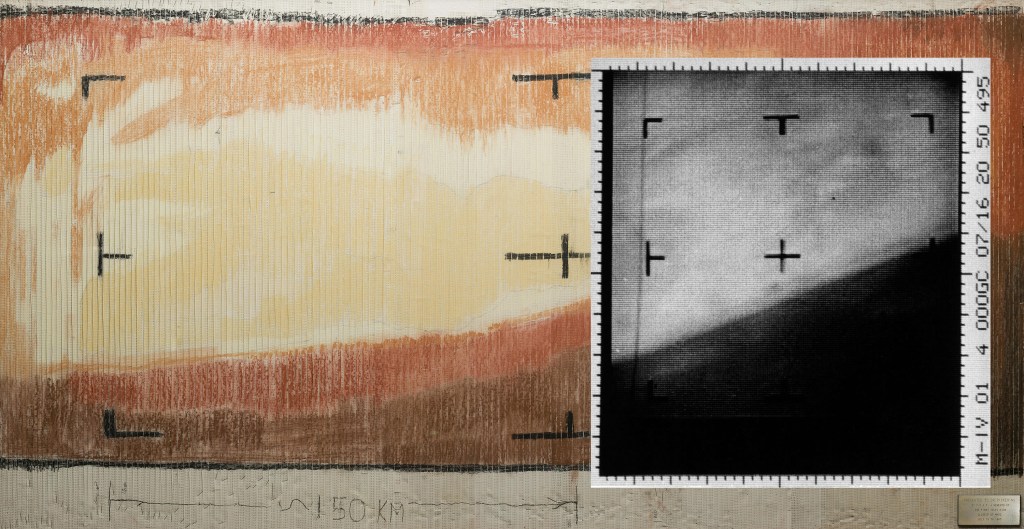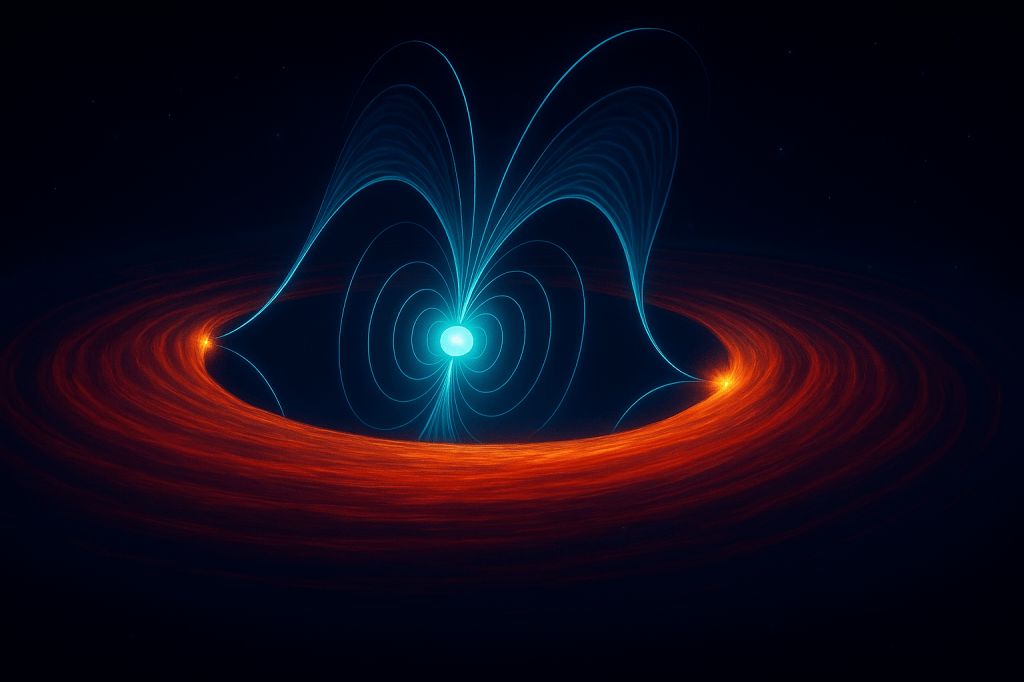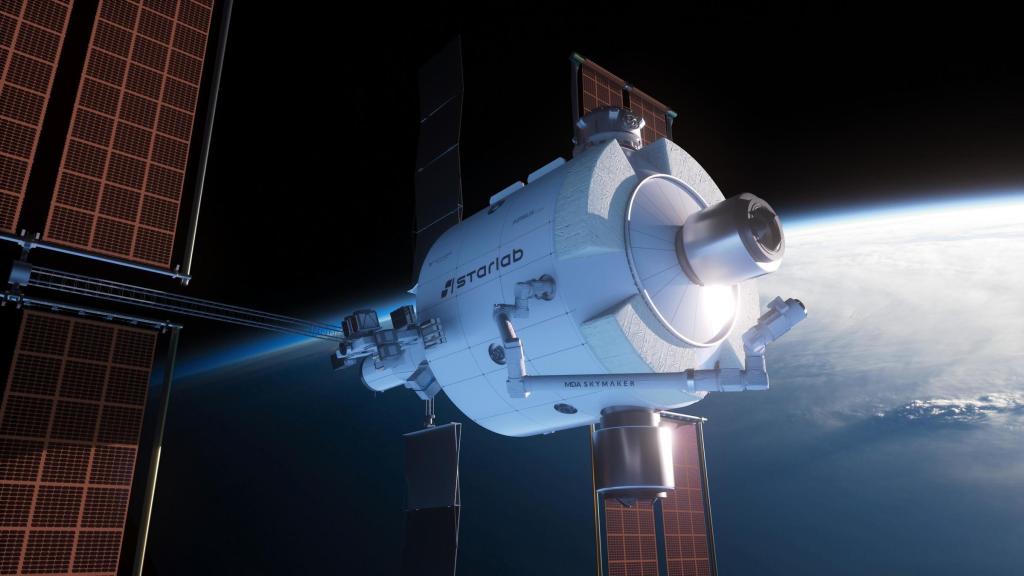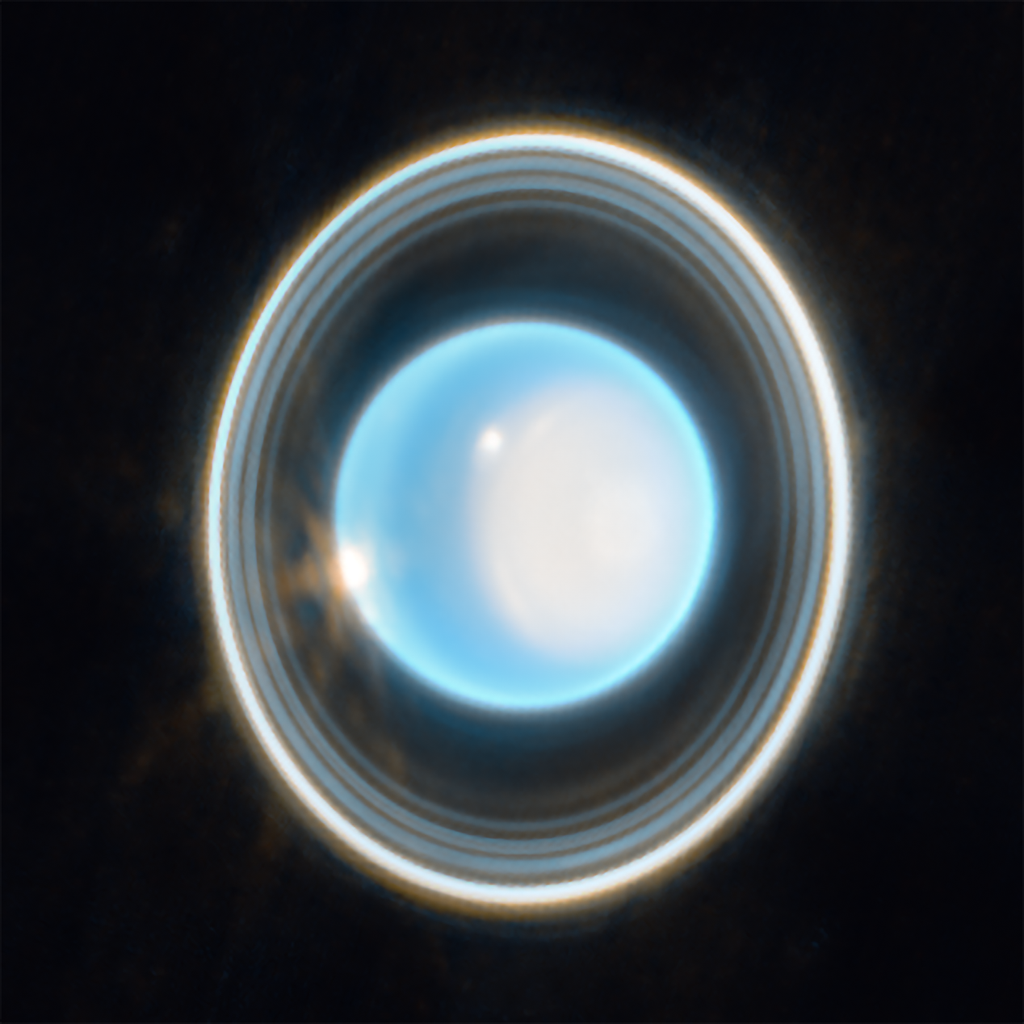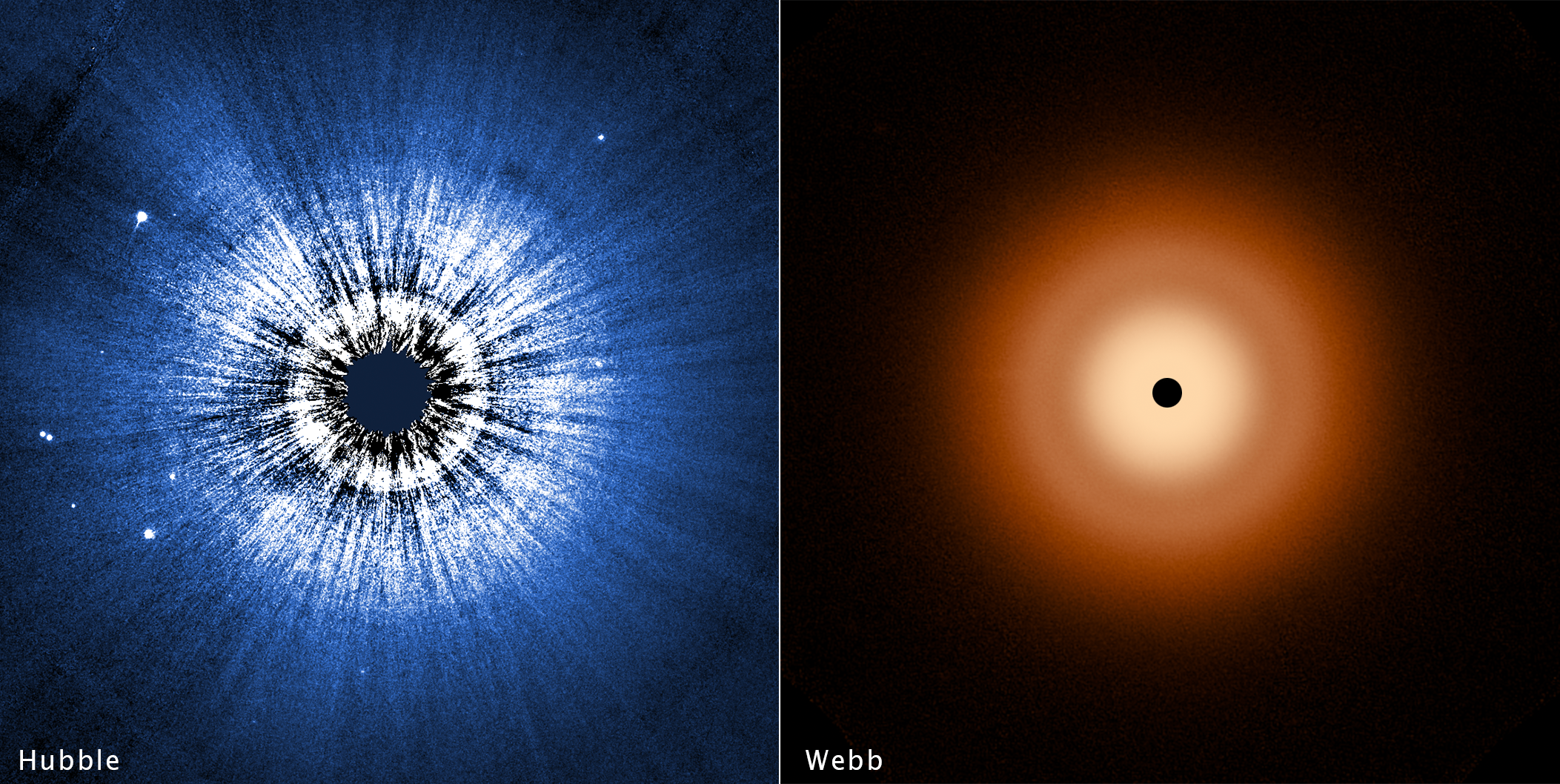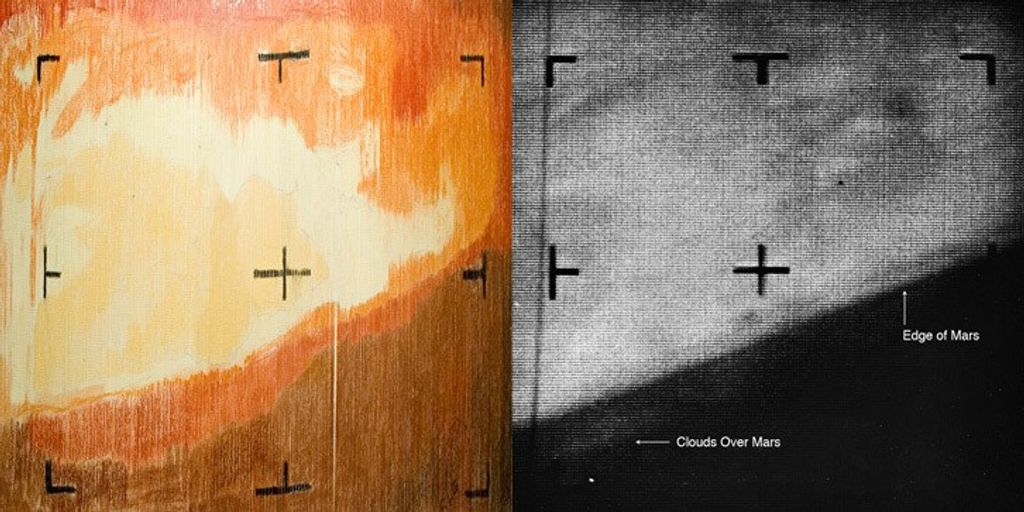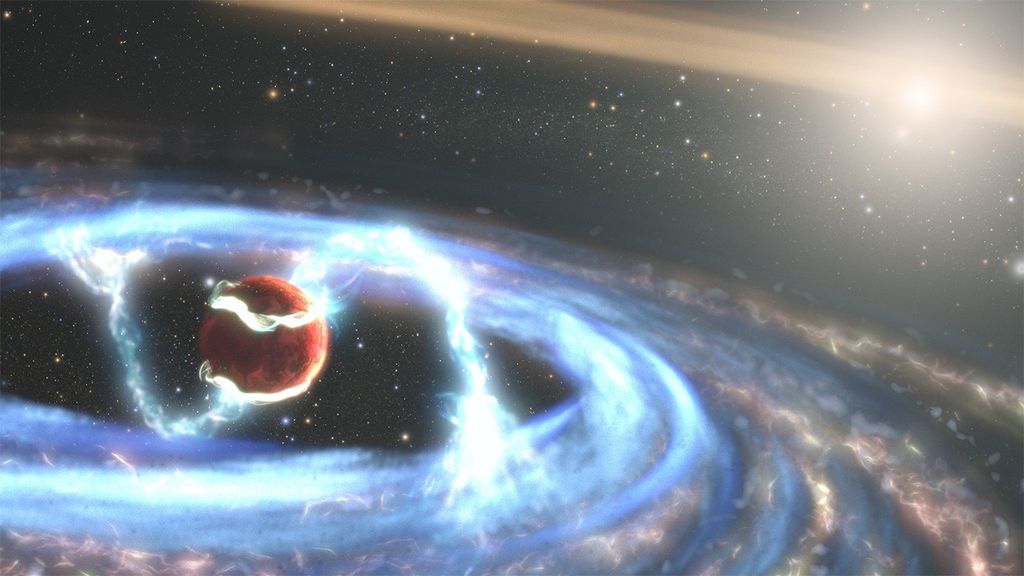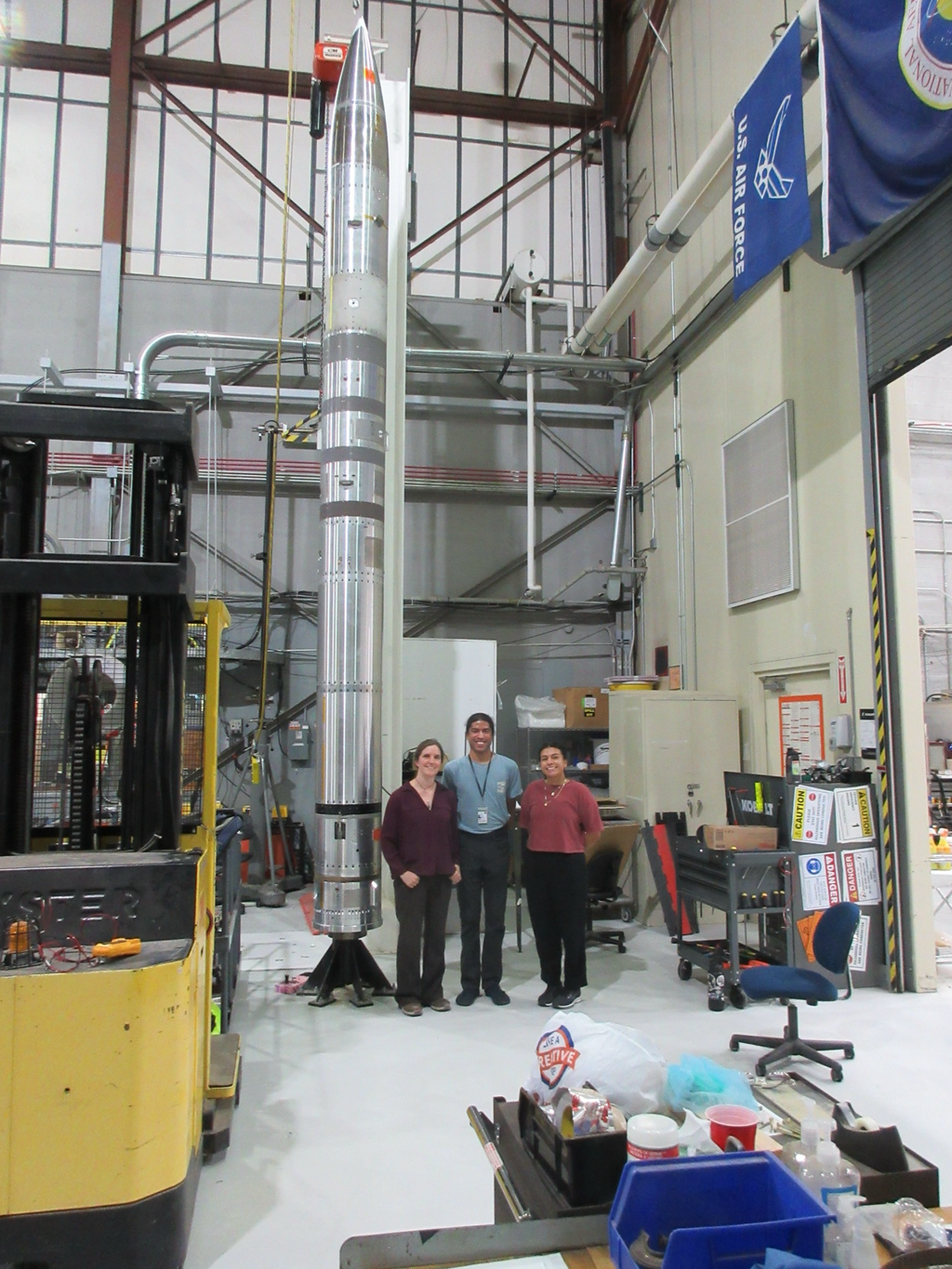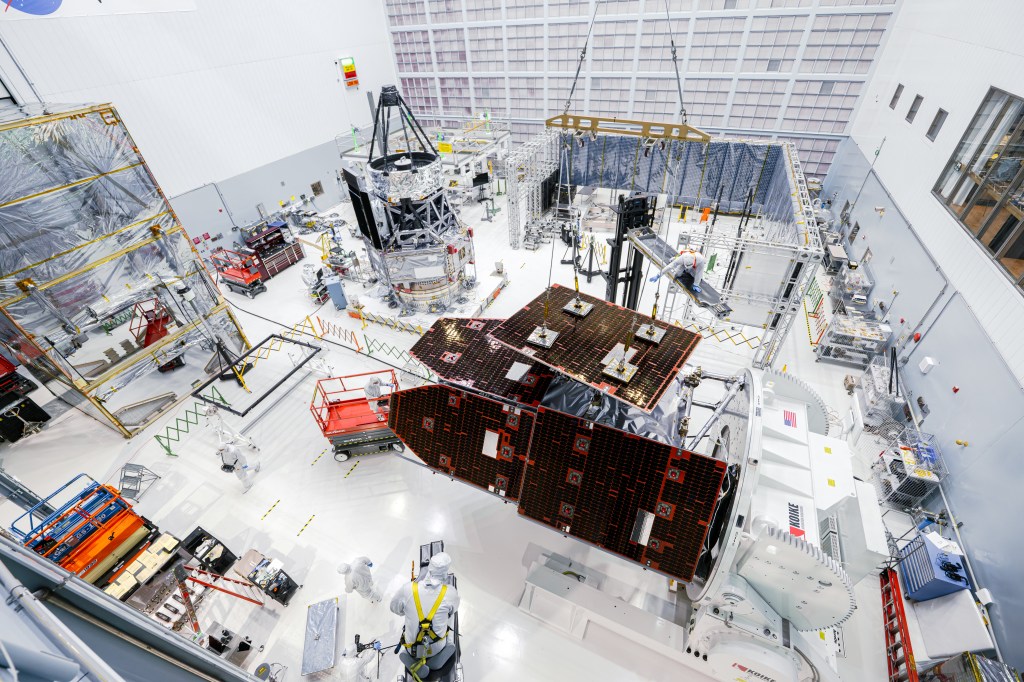1 min read
Terzan 12

This colorful image of the globular star cluster Terzan 12 is a spectacular example of how dust in space affects starlight coming from background objects.
A globular star cluster is a conglomeration of stars, arranged in a spheroidal shape. Stars in globular clusters are bound together by gravity, with a higher concentration of stars towards the center. The Milky Way has about 150 ancient globular clusters at its outskirts. These clusters orbit around the galactic center, but far above and below the pancake-flat plane of our galaxy, like bees buzzing around a hive.
The location of this globular cluster, deep in the Milky Way in the constellation Sagittarius, means that it is shrouded in gas and dust which absorb and alter the starlight emanating from Terzan 12. The cluster is about 15,000 light-years from Earth. This location leaves a lot of room for intervening interstellar dust particles between us and the cluster to scatter blue light, causing only the redder wavelengths to come through to Earth. The interstellar dust clouds are mottled so that different parts of the cluster look redder than other parts along our line of sight.
The brightest red stars in the photo are bloated, aging giants, many times larger than our Sun. They lie between Earth and the cluster. Only a few may actually be members of the cluster. The very brightest hot, blue stars are also along the line of sight and not inside the cluster, which only contains aging stars.
Terzan 12 is one of 11 globular clusters discovered by the Turkish-Armenian astronomer Agop Terzan approximately a half-century ago. With its sharp vision, Hubble has revolutionized the study of globular clusters ever since its launch in 1990. Hubble observations have shed light on the relation between age and composition in the Milky Way galaxy's innermost globular clusters.
About the Object
- R.A. PositionR.A. PositionRight ascension – analogous to longitude – is one component of an object's position.18:12:15.80
- Dec. PositionDec. PositionDeclination – analogous to latitude – is one component of an object's position.-22:44:31.00
- ConstellationConstellationOne of 88 recognized regions of the celestial sphere in which the object appears.Sagittarius
- DistanceDistanceThe physical distance from Earth to the astronomical object. Distances within our solar system are usually measured in Astronomical Units (AU). Distances between stars are usually measured in light-years. Interstellar distances can also be measured in parsecs.15,000 light-years
About the Data
- Data DescriptionData DescriptionProposal: A description of the observations, their scientific justification, and the links to the data available in the science archive.
Science Team: The astronomers who planned the observations and analyzed the data. "PI" refers to the Principal Investigator.The HST observations include those from program: 14074 (R. Cohen)
- InstrumentInstrumentThe science instrument used to produce the data.ACS/WFC, WFC3/UVIS
- Exposure DatesExposure DatesThe date(s) that the telescope made its observations and the total exposure time.8 August 2016, 13 August 2016
- FiltersFiltersThe camera filters that were used in the science observations.F606W, F110W, F160W
- Object NameObject NameA name or catalog number that astronomers use to identify an astronomical object.Terzan 12
- Object DescriptionObject DescriptionThe type of astronomical object.Globular cluster
- Release DateSeptember 7, 2023
- Science ReleaseHubble Sees a Glittering Globular Cluster Embedded Inside Our Milky Way
- CreditNASA, ESA, ESA/Hubble, Roger Cohen (Rutgers University)

These images are a composite of separate exposures acquired by the The Hubble Space Telescope using the ACS/WFC and UVIS/IR instruments. Several filters were used to sample wide wavelength ranges. The color results from assigning different hues (colors) to each monochromatic (grayscale) image associated with an individual filter. In this case, the assigned colors are: Blue: F606W, Green: F110W, Red: F160W
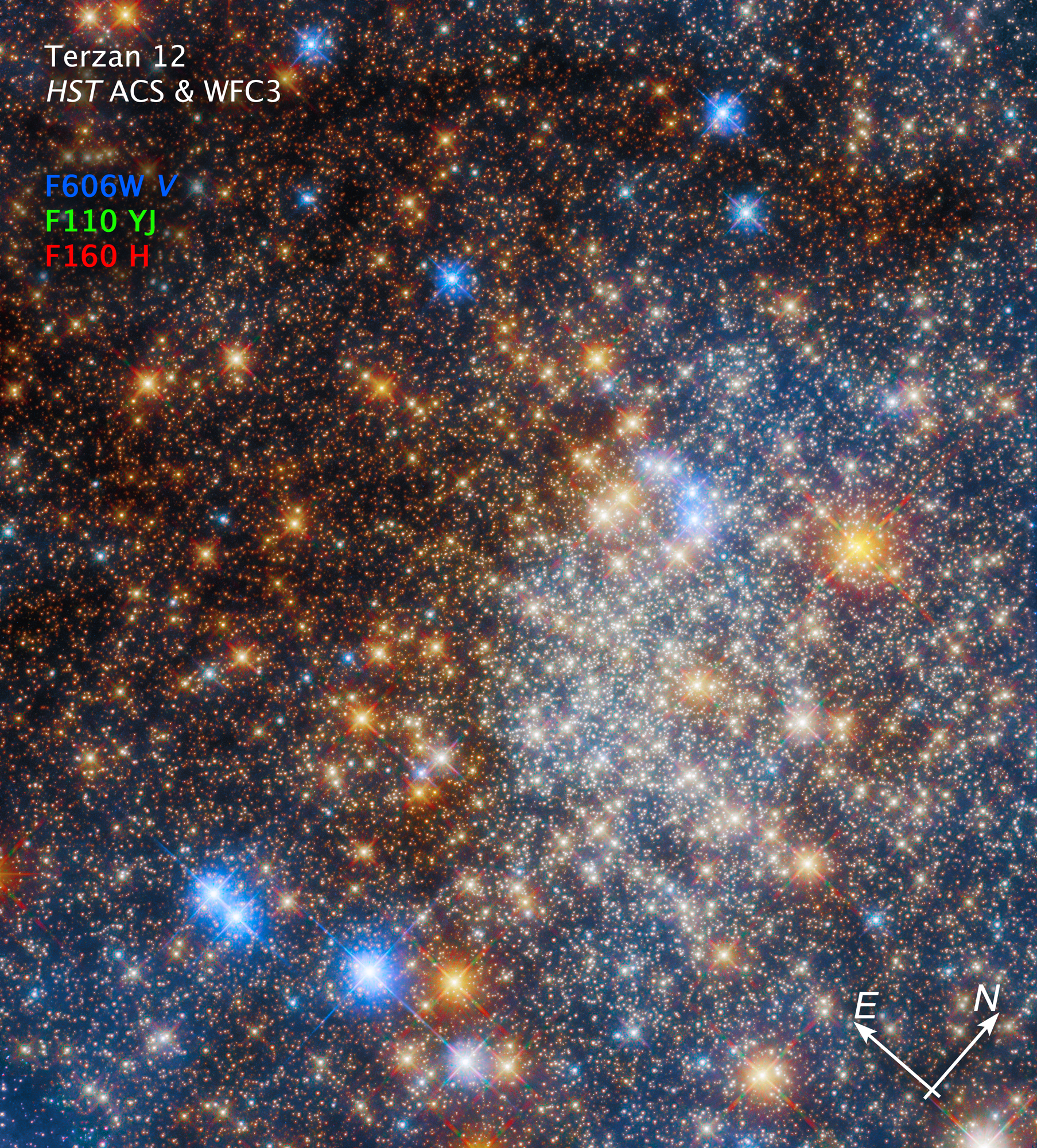
Related Images & Videos

Terzan 12 Context Image
This composite image shows the location of the globular star cluster Terzan 12 as seen by the Hubble Space Telescope. [Top Frame]—A view of a section of our Milky Way in the direction of the constellation Sagittarius. Dense clouds of dust are etched across a whitish background...

Terzan 12 Compass Image
This is Hubble Space Telescope's colorful view of globular star cluster Terzan 12. It is a compact beehive-like structure of hundreds of thousands of stars crowded together. Because of scattering by interstellar dust, the stars on the left side of the image appear redder. The...
Share
Details
Claire Andreoli
NASA’s Goddard Space Flight Center
Greenbelt, Maryland
claire.andreoli@nasa.gov


